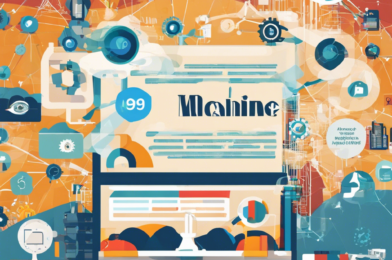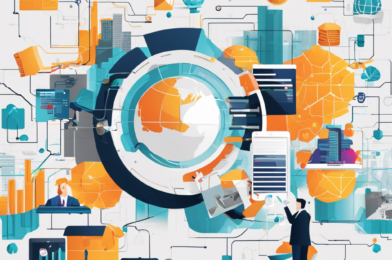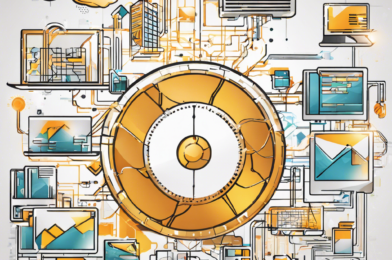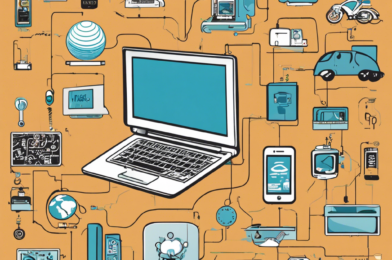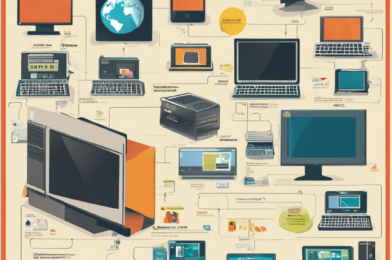Edge computing is revolutionizing the way we interact with technology, bringing the power of cloud computing closer to the user. This innovative approach is set to transform the digital landscape, offering faster and more efficient solutions. So, what exactly is edge computing, and why is it creating such a buzz? Imagine having the ability to process and analyze data right at the source, eliminating the need for constant communication with distant data centers. This is the essence of edge computing, and it holds immense potential.
The traditional cloud computing model, while powerful, often faces latency issues due to data traveling long distances to and from centralized data centers. Edge computing addresses this challenge by positioning smaller data centers, or ‘edge nodes,’ closer to users or devices. These edge nodes can process time-sensitive data in real time, reducing latency and enhancing overall performance. Whether it’s a self-driving car making split-second decisions or a smart factory optimizing production, edge computing plays a crucial role in enabling these technologies to function efficiently.
The benefits of edge computing are vast. Firstly, reduced latency leads to improved user experiences, especially in applications requiring immediate responses, such as online gaming and virtual reality. Secondly, it enables more efficient data processing, reducing the burden on central data centers and minimizing network congestion. This is particularly valuable for businesses handling large volumes of data and seeking to optimize their operations. Moreover, edge computing supports offline capabilities, allowing users to access and process data even in areas with limited connectivity.
In practical terms, edge computing is already making its mark in various industries. For instance, in the healthcare sector, edge devices can analyze patient data in real-time, enabling rapid responses in critical care scenarios. Retail stores are using edge computing for efficient inventory management and personalized customer experiences. The automotive industry is embracing edge computing for self-driving cars, ensuring quick decision-making and safer road navigation.

